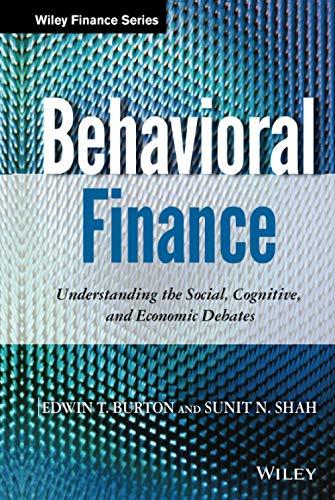


Excel Activity-Time value of money Question 1 1/10 Excel Activity: Time value of money Bubmit The data has been collected in the Microsoft Excel file below. Download the spreadsheet and perform the required analysis to answer the questions below. Do not round intermediate calculations. Enter your answers as positive values. X Download spreadsheet Time value of money-7db1d6.xlsx a. Find the FV of $1,000 invested to earn 12% after 6 years. Round your answer to the nearest cent. b. What is the investment's FV at rates of 0%, 4%, and 25% after 0, 1, 2, 3, 4, and 5 years? Round your answers to the nearest cent. Interest Rate 4% Year 0% 25% 0 $ $ $ $ $ $ $ $ S $ $ $ $ $ Choose the correct graph of future value as a function of time and rate. Note: blue line is for 0%, orange line is for 4%, and grey line is for 25%. The correct graph is V 7000 FV as Function of Time and Rate 6000 5000 4000 Putus Val 3000 10000 Year 7000 FV as Function of Time and Rate 6000 5000 4000 Putus Valow ($ 3000 2000 10000 Year FV as Functions of Time and Rate video Excel Online Structured Activity: CAPM, portfolio risk, and retum Consider the following information for three stocks, Stocks A, B, and C. The returns on the three stocks are positively correlated, but they are not perfectly correlated. (That is, each of the correlation coefficients is between 0 and 1.) Stock Standard Deviation Beta Expected Return 9.34 % A 15 % 0.8 B 10.78 15 1.1 13.18 15 1.6 Fund P has one-third of its funds invested in each of the three stocks. The risk-free rate is 5.5%, and the market is in equilibrium. (That is, required returns equal expected returns.) The data has been collected in the Microsoft Excel Online file below. Open the spreadsheet and perform the required analysis to answer the questions below. Open spreadsheet a. What is the market risk premium (I'M - PRF)? Round your answer to two decimal places. b. What is the beta of Fund P? Do not round intermediate calculations. Round your answer to two decimal places. c. What is the required return of Fund P? Do not round intermediate calculations. Round your answer to two decimal places. % d. Would you expect the standard deviation of Fund P to be less than 15%, equal to 15%, or greater than 15%? I. less than 15% II. greater than 15% III. equal to 15% Check My Work Reset Problem Video Excel Online Structured Activity: Evaluating risk and return Stock X has a 9.5% expected return, a beta coefficient of 0.8, and a 30% standard deviation of expected returns. Stock Y has a 12.0% expected return, a beta coefficient of 1.1, and a 25.0% standard deviation. The risk-free rate is 6%, and the market risk premium is 5%. The data has been collected in the Microsoft Excel Online file below. Open the spreadsheet and perform the required analysis to answer the questions below. Open spreadsheet a. Calculate each stock's coefficient of variation. Round your answers to two decimal places. Do not round intermediate calculations. b. Which stock is riskier for a diversified investor? I. For diversified investors the relevant risk is measured by standard deviation of expected returns. Therefore, the stock with the lower standard deviation of expected returns is more risky. Stock Y has the lower standard deviation so it is more risky than Stock X. II. For diversified investors the relevant risk is measured by beta. Therefore, the stock with the higher beta is less risky. Stock Y has the higher beta so it is less risky than Stock X. III. For diversified investors the relevant risk is measured by beta. Therefore, the stock with the higher beta is more risky. Stock Y has the higher beta so it is more risky than Stock X. IV. For diversified investors the relevant risk is measured by standard deviation of expected returns. Therefore, the stock with the higher standard deviation of expected returns is more risky. Stock X has the higher standard deviation so it is more risky than Stock Y. V. For diversified investors the relevant risk is measured by beta. Therefore, the stock with the lower beta is more risky. Stock X has the lower beta so it is more risky than Stock Y. c. Calculate each stock's required rate of return. Round your answers to two decimal places. 9 Py = % d. On the basis of the two stocks' expected and required returns, which stock would be more attractive to a diversified investor? e. Calculate the required return of a portfolio that has $5,000 invested in Stock X and $6,500 invested in Stock Y. Do not round intermediate calculations. Round your answer to two decimal places. % 1. If the market risk premium increased to 6%, which of the two stocks would have the larger increase in its required return? Check My Work Reset









